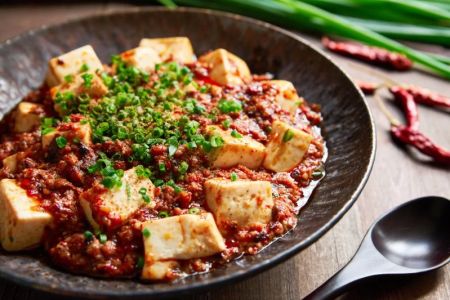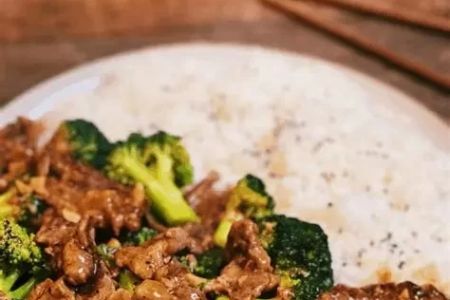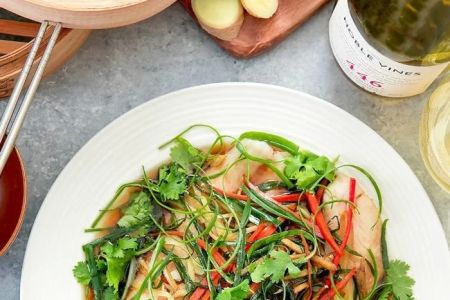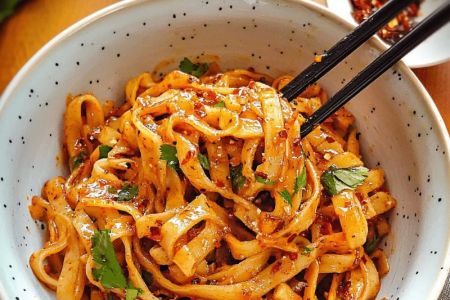- 1 - The History of Chinese Cooking Oils
- 2 - Peanut Oil in Chinese Cooking
- 3 - Sesame Oil as a Flavor Enhancer
- 4 - Other Popular Chinese Cooking Oils
- 5 - Choosing the Right Oil for Different Dishes
- 6 - Modern Trends and Health Aspects
- 7 - Personal Stories and Real Examples
- 8 - Finding Authentic Oils for Your Kitchen
The History of Chinese Cooking Oils
Cooking oils have been central to Chinese cuisine for centuries. In ancient China, sesame and rapeseed oils were widely used for both cooking and ceremonial purposes. As regional cuisines developed, different oils became popular based on local crops and culinary traditions. Today, the variety of Chinese cooking oils reflects the diversity of flavors found across the country, from light stir-fries to bold hotpot dishes.
Peanut Oil in Chinese Cooking
1. Why Peanut Oil is a Staple
Peanut oil is beloved in Chinese kitchens for its high smoke point and mild, nutty flavor. It is ideal for stir-frying, deep-frying, and even roasting. Unlike stronger oils, it does not overpower delicate ingredients, making it perfect for classic dishes such as kung pao chicken or crispy spring rolls.
2. A Real Example from Street Food
One popular story often shared among travelers in China is about the irresistible fried dough sticks, or “youtiao,” often made with peanut oil. Vendors choose it for its ability to fry evenly without absorbing too much oil, leaving snacks light and crispy. This everyday example highlights why peanut oil continues to dominate Chinese cooking.
Sesame Oil as a Flavor Enhancer
1. Distinction Between Toasted and Untoasted
Sesame oil comes in two primary forms: light (untoasted) and dark (toasted). Light sesame oil is often used for frying, while toasted sesame oil is mainly used as a finishing touch to enhance flavor. Just a few drops can transform soups, dumplings, or noodle dishes with a deep, aromatic richness.
2. Cultural Significance
In Chinese households, sesame oil is often considered a “soulful” ingredient. Families use it not just in everyday cooking but also in traditional remedies, such as adding a few drops to congee for warmth during winter. Its strong aroma evokes a sense of home, especially for those who grew up in southern China.
Other Popular Chinese Cooking Oils
Beyond peanut and sesame oil, several other oils play important roles in Chinese cooking:
1. Soybean Oil
Affordable and widely available, soybean oil is commonly used in northern China for stir-fries and braised dishes. Its neutral taste makes it versatile.
2. Canola Oil
Favored for its light flavor and lower saturated fat, canola oil has become a modern choice for health-conscious cooks.
3. Chili Oil
Although not a base cooking oil, chili oil is iconic in Sichuan cuisine. It blends vegetable oil with dried chili peppers, creating the spicy red condiment found in noodles, dumplings, and hotpots.
Choosing the Right Oil for Different Dishes
Each oil serves a different purpose in the kitchen. For high-heat cooking such as stir-frying beef with broccoli, peanut oil is ideal. For seasoning cold dishes like cucumber salad, sesame oil provides an instant flavor lift. If you’re preparing Sichuan dishes, chili oil becomes indispensable. Matching the right oil to the right dish is an essential skill for anyone looking to master Chinese cooking.
Modern Trends and Health Aspects
Today’s cooks often consider nutrition when choosing oils. While traditional Chinese cooking did not focus on calorie counting, modern awareness of heart health has led many households to balance traditional oils with lighter options such as canola oil. This blend of tradition and health reflects the evolution of Chinese cooking in the 21st century.
Personal Stories and Real Examples
A Chinese-American family in California shared how sesame oil connects them to their roots. Every Lunar New Year, their grandmother prepares dumplings flavored with sesame oil, a tradition that reminds younger generations of their heritage. In another case, a professional chef explained how switching from generic vegetable oil to authentic peanut oil improved the taste of his stir-fry dishes and attracted more customers.
Finding Authentic Oils for Your Kitchen
For home cooks eager to explore authentic Chinese flavors, sourcing the right oils is key. Specialty markets and online stores provide access to high-quality sesame and peanut oils. To make the process easier, Chinese Food offers curated selections of authentic cooking oils, ensuring that every dish you prepare carries the genuine taste of Chinese cuisine.
Cooking with Confidence
The ultimate guide to Chinese cooking oils shows that these ingredients are more than just cooking essentials—they are carriers of history, culture, and flavor. By learning how to use peanut oil, sesame oil, and other staples, anyone can bring the magic of Chinese kitchens into their own home.







